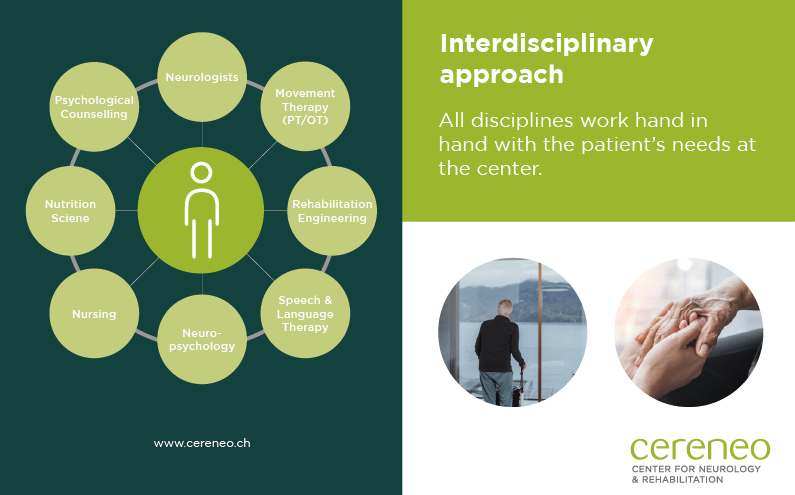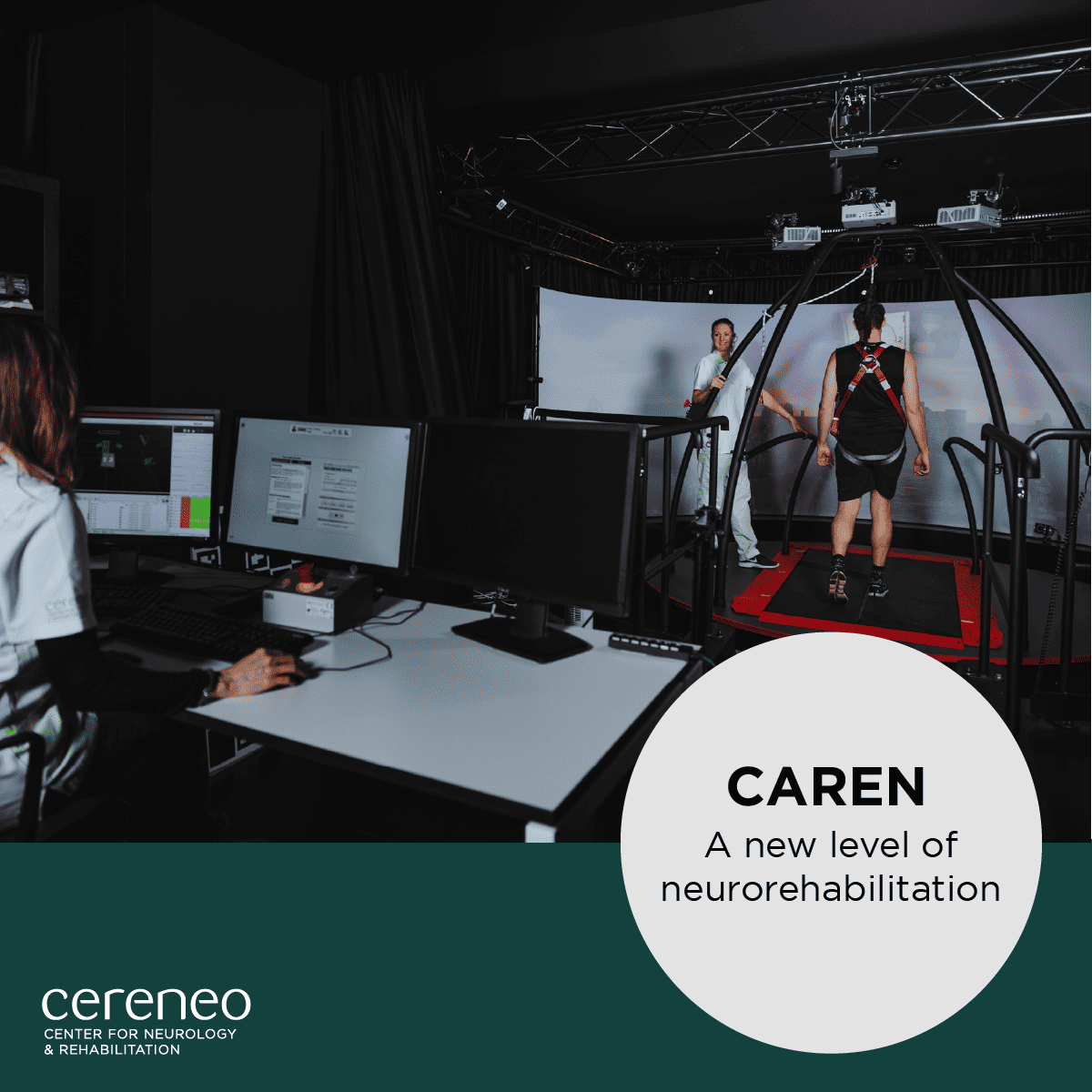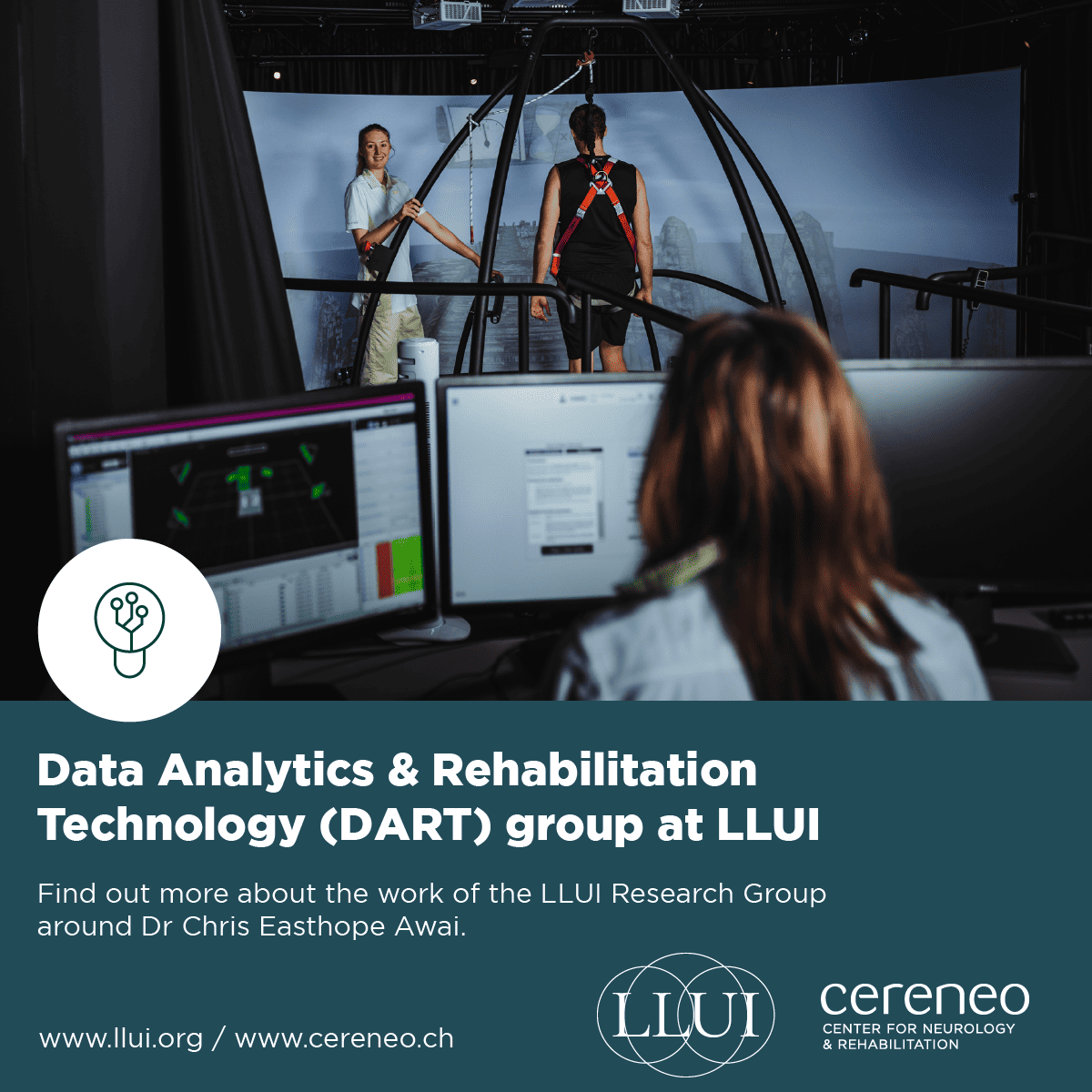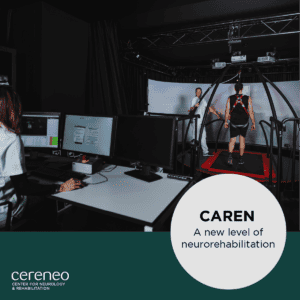Rehabilitation engineers develop technical solutions and devices that support patients in their therapy and in addition, support or measure the recovery process in greater detail. They observe patients during their daily activities and consult with treating physicians and therapists to find the best possible solutions. In collaboration with researchers, they can develop entirely new technologies or applications, while also tailoring existing technical devices or applications in the clinical environment to the needs of individual patients.
How does someone with a technical degree find his way to the world of rehabilitation?
The fascination and understanding of the human body are at the forefront here. As a rehabilitation engineer, one draws inspiration from the capabilities of the human body, which far surpass technical devices in many respects. If our body no longer functions as it should, e.g. due to an accident or injury, the question arises how the lost capabilities can be relearned or substituted with the help of technical means. The technical solutions are only the means to an end and many different approaches can lead to the goal. It is important that the solutions are tailored to the patients and that they are involved in the development process from the beginning. For this, a rehabilitation engineer needs good communication skills and must be able to engage with the patients and their circumstances.
What is the driving force behind the technology – patient connection?
The objective of treatment is to always restore and enhance the patient’s abilities. Technology provides numerous advantages, such as in-depth insights into the treatment process, precise adjustment of various treatment factors to the patient’s needs, increased motivation and treatment efficiency, among others. Nevertheless, many constraints must also be considered. The solutions must be seamlessly integrated into the patient’s daily life, intuitive to use, comfortable and provide tangible benefits. As patients progress and improve, the technology must be adaptable to their abilities and provide a wide range of support and challenges.
How is a personalized intervention created?
A personalized intervention involves using general technical solutions that are customized to the specific needs of each individual patient. For instance, sensors can be used to inform patients when they are compensating for a movement, thereby training incorrect movement patterns. To achieve this, the sensors must recognize the patient’s specific movement pattern so that feedback is provided only with the wrong movement. Another example is how patients are given information about their performance. Some patients benefit more from visual feedback, while others respond better to tactile stimulation such as vibration. Feedback can be provided in various ways, such as via screens, displays integrated into glasses, vibration units sewn into clothing and so on.
How do therapists, nursing, medical staff and rehabilitation engineers work together to improve recovery?
Each professional group has a unique understanding of the daily life, abilities and needs of patients, providing different pieces of the puzzle for optimal treatment. Therefore, it is crucial for rehabilitation engineers to consult with all stakeholders before implementing any technical solutions and develop the best possible option based on their input. Patients play an integral role in the development of new and personalized treatments to create efficient solutions.
What is the sustainability of these developments? Are dedicated interventions further processed or reused?
Developing technical solutions and devices for patients is a complex task that requires adherence to numerous standards. Depending on the complexity of the solution, it can take years from the first prototype to a functional device for patients. At cereneo, we are committed to providing versatile solutions that can be easily adapted to the needs of future patients. To achieve this, we collaborate closely with medical device manufacturers and research groups worldwide, promoting the transfer of new innovations to the clinic. Our partnership with the LLUI provides a strong foundation for investigating innovative technologies and treatment options across various areas.
Will there be more rehabilitation engineers in the future?
The field of rehabilitation engineering is still in its early stages. As technical aids become increasingly standard in rehabilitation, the digital transformation will provide numerous opportunities to improve patient progress and optimize healthcare processes within the highly regulated healthcare system. However, this requires a high level of interdisciplinarity, as traditional healthcare job profiles and training have their limits. At cereneo, we are pioneers in the integration of technical and digital skills within the healthcare team, enabling us to develop targeted and effective solutions directly for the patient.










